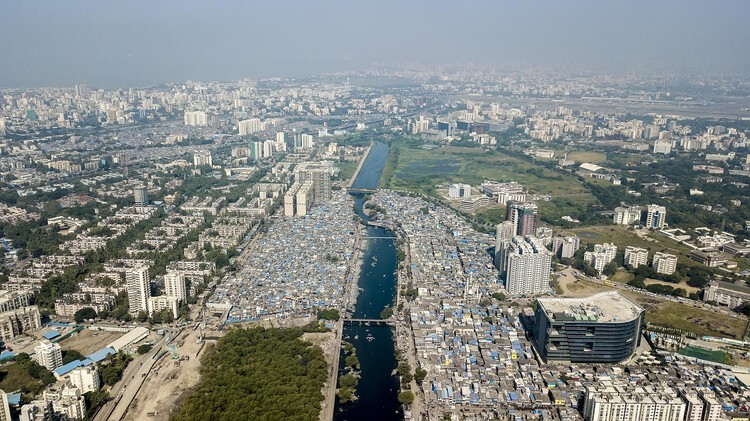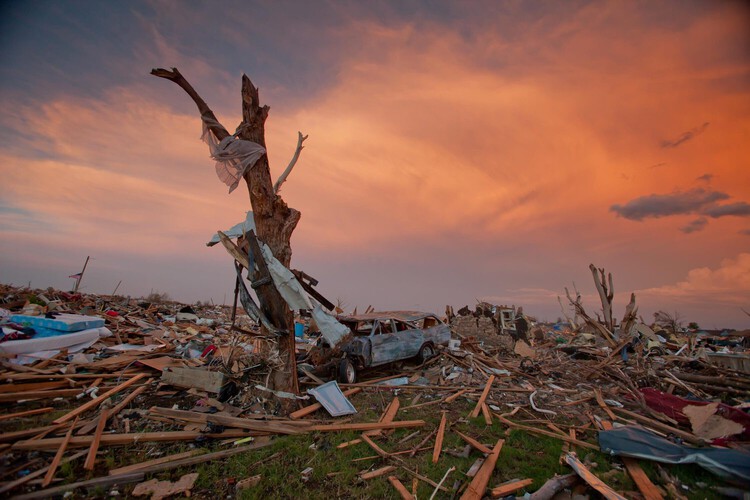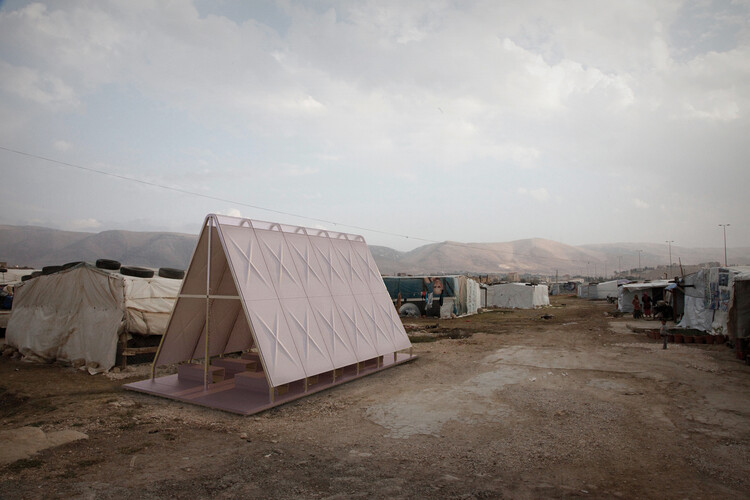
In November of 2022, the coastal city of Sharm El Sheikh, Egypt, hosted the 27th convention of the United Nations Conference of the Parties, known as COP27. Since signing the Paris Agreement in 2015, the nearly annual conference has gained momentum as a global leader in sharing knowledge and developing frameworks to mitigate climate change worldwide. While the more recent COP28, held in Dubai in 2023, focused on conversations of energy production, this previous conference focused on urban contexts, as they deal with the urgent need for incorporating loss, damage, and climate reparations into climate action plans. As two years have now passed since COP27, it is important to revisit these discussions and hold governing bodies accountable for the promises made and the benchmarks set for climate change mitigation. One of the most ambitious plans from COP27 highlights an urgent debate in our urban environments: how will we define loss, damage, and climate reparations in the twenty-first century?
COP27’s introduction of the Loss and Damage Fund is a prime example of the progress made to address climate impacts. As we look forward to the upcoming COP29, which will take place in Baku, Azerbaijan, in November 2024, the conference is expected to build on these efforts by launching a new climate fund. This initiative aims to continue the momentum of COP27 and COP28, further shaping how the global community tackles the complex challenges of loss, damage, and climate reparations.

The built environment plays a critical role in how countries set, organize, and, ultimately, achieve their sustainability targets in the upcoming years. The Loss and Damage Fund, presented on the final day of the COP27 conference, is one of the most ambitious examples of progress and accountability produced by the organization to combat the impacts of climate change. This milestone represents decades of work from climate-vulnerable developing countries that stand at the forefront of the climate crisis. This funding initiative was developed to provide financial aid to the countries and regions of the world that are most vulnerable and greatly impacted by climate change. Many of the details for establishing, distributing, and maintaining this fund will continue to be established by representatives of 24 countries, and the ongoing success of the fund will be evaluated, beginning this year.
Related Article
What COP27 Meant for Architecture and the Construction Industry
To date, the United Nations has not published an official definition of what constitutes loss versus damage in the context of the COP negotiations. This allows a wide range of interpretations and an opportunity to open a conversation about the future implications of these terms. After agreeing on the extent of the terms and identifying differences between loss and damage, planners, designers, and practitioners will shape the implementation and distribution of the Loss and Damage Fund.
Loss and Damage




Together, Loss and Damage can be defined as the negative consequences of climate change. Although accepted by the majority of leaders in policy and governance, this definition is arguably too broad and vague to be effective in climate policy and planning. To incorporate Loss and Damage into plans for climate change mitigation and adaptation, leaders must frame the definition to include the experiences of both developing and developed countries. Progress stops when different definitions of loss and damage complicate negotiations and planning initiatives.
Damage can be best understood as the destruction or impairment of physical networks, such as roads, buildings, or public infrastructure as a direct consequence of climate-induced events. These events include extreme weather occurrences, such as hurricanes, flooding, and wildfires, as well as slow-changing occurrences, such as sea level rise, growing extreme heat, and land degradation. The cost of damage can be relatively simple to calculate after the climate event has taken place, as one calculates the materials, labor, and time of the restoration. Although devastating, damage can best be understood as reparable harm.




Loss is a different case since it refers to the destruction or impairment of a social, economic, or cultural impact, such as the immeasurable loss of a loved one, the loss of agricultural production, or the loss of tourism after a disastrous weather event. The cost of reparations for social, economic, and cultural loss is considerably more difficult to calculate into a financial compensation sum. The degradation of biodiversity, the loss of cultural heritage, indigenous knowledge, or ecosystems is irreparable. In the context of loss, the Loss and Damage Fund is responsible for funding the prevention of climate disasters and the protection of the most vulnerable communities from climate change.
Climate Reparations




The terminology of COP reflects the political, social, and cultural standing of climate debates in governance, policy, and planning. It acts as a critical tool to understand the thresholds of acceptance for the status quo and the drive to implement climate action plans. The Loss and Damage Fund was one of the highlights of COP27. It represents the acknowledgment and acceptance that climate change has impacted certain countries, communities, and cultures more than others, and this imbalance calls for climate justice. While the COP platform is a showcase for developing mitigation and adaptation plans, the critical work of promoting autonomy, developing support, and building solidarity remains with developing countries at the forefront of the climate crisis.
Climate disasters leave a long shadow … for decades, years or even generations, and there is a growing recognition that we cannot leave vulnerable communities who have done little for this crisis to deal with these global crises on their own. -Theresa Anderson, Climate Policy Coordinator, Action Aid NGO




Since the closing of COP27 in 2022, there have been a few meetings of the Loss and Damage Fund board to discuss project implementation, weigh priority projects, and set benchmarks for the sustainment of the funding. It is evident from the reports of these meetings that the role of urban planners, landscape architects, and architectural designers will aid in facilitating the implementation of the Loss and Damage Fund. It is expected that future regional plans, such as the Sponge City vision by Kongjian Yu, hope to reimagine the roles of landscape architects in the climate crisis by incorporating ecological knowledge into the urban context. Applying preventative measures for urban flooding, such as the Qunli Stormwater Wetland Park or Minghu Wetland Park, is critical to incorporate in the planning of public space. Already, the cities that are situated on a coastline need to incorporate preventative measures against storm events and rising sea levels. The successful implementation of the Loss and Damage Fund in cities and climates worldwide will depend on the expertise and knowledge of these regional planners and designers.




Already, many of the consequences of climate change are difficult to repair or reverse today. As climate-induced events, such as extreme heat, urban flooding, and severe storms, increase in frequency and severity, the protection and mitigation will rely on the success of a Loss and Damage plan. Since the countries and communities contributing the least to carbon emissions and climate change continue to suffer the greatest impacts, the ultimate ambition of the Loss and Damage Fund is to protect the most vulnerable communities and ecosystems and to recognize the embedded injustice of climate change.






